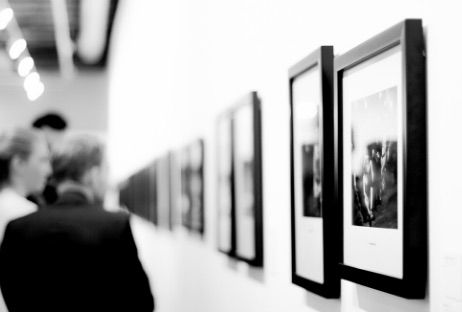
How to Photograph Your Art
Photographing your artwork is crucial to applying for representation in galleries, for artist residences and mentorships, and for your professional website and social media platforms. Providing viewers with an accurate representation of your artwork is not only good practice, but it showcases your talent and skill while exemplifying professionalism. If you put in the effort now, you will be able to trace your growth as an artist, stay organized, and witness exponential growth in your opportunities.
- Set the stage. Photograph your artwork against a plain white wall or clutter-free area near a natural light source, such as a big window. Alternatively, you can place your artwork outdoors on an overcast day.
- Keep it real. Your goal here is to create an image that mirrors a true likeness to your artwork. Use a tripod or the grid on your camera to square the lens with the face of your artwork, thus avoiding distortion and cropped out areas when you edit the photos later.
- Light is your friend. Bright, natural light is best because, unlike fluorescent lighting which often casts a yellowish hue, it showcases your artwork’s true colours. Be mindful that your light source does not cast a shadow across your artwork, especially if it is highly textured, and that your light source is diffused enough not to cause a glare.
- Understand your camera. Use the best camera possible when photographing your artwork and get to know its functions. Ideally you want to place yourself physically closer to your artwork rather than zooming in all the way with your lens.
- Less is better. When it comes to editing your photos, the less manipulation, the better. Look for accurate white balance and possibly nudge up the image contrast, but do so sparingly. You will then want to crop out the background completely (this is why step two is so important).
- Organize yourself. Label each image file with the artwork’s information, such as title, size, medium, and date. Do this right away and you will save yourself time and headaches in the future. If a client or gallery requests artwork information from you, it will all be in one place and you will not have to go digging in your studio!
Share With Your Friends